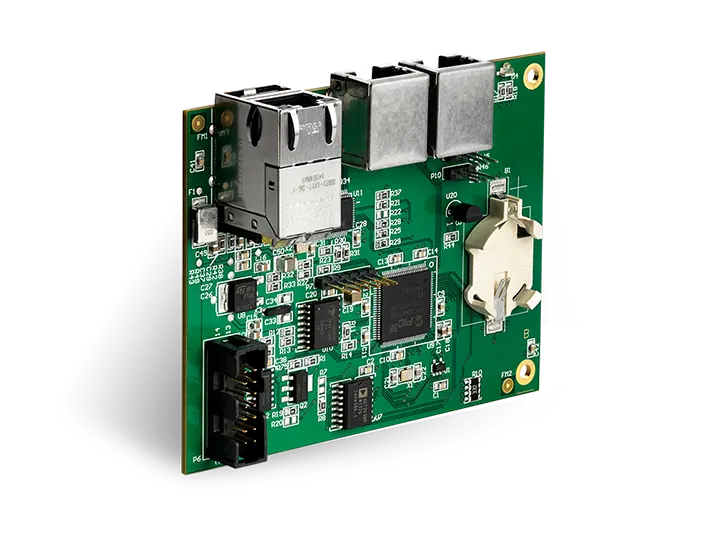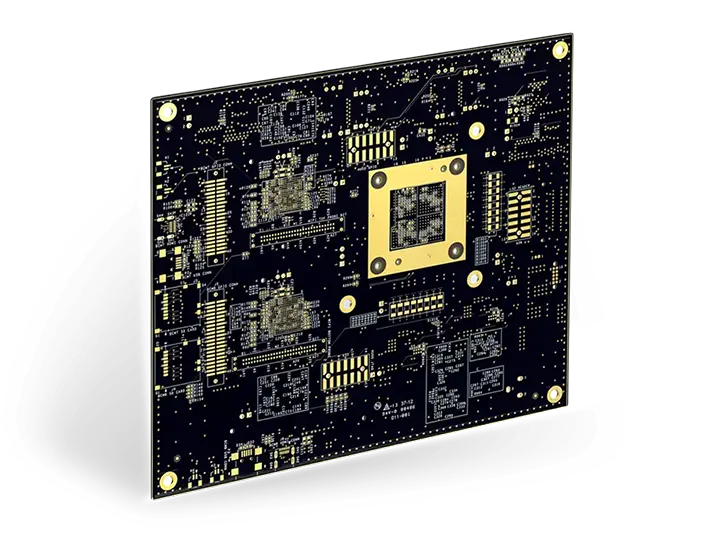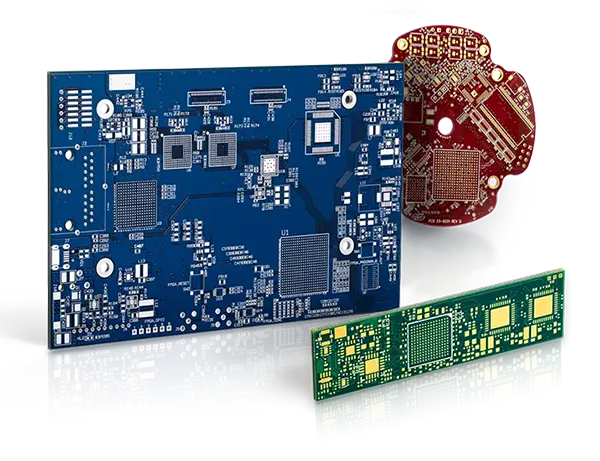Webinar: A Perfect Design Ends with DFA
REGISTER NOW
October 8th, 2025 | 10 AM PT
COST: FREE
-
19
Days
-
17
Hours
-
0
Minutes
-
25
Seconds
Vandana CC
Engineering Project coordinator at Sierra Circuits
This webinar will be hosted on Zoom.
Following this event, you will receive:
-
Slides
-
Recording
-
DFA resources
Webinar abstract:
Designing a PCB isn’t just about routing traces and arranging components onto a board. If your design isn’t optimized for assembly, you risk misaligned components, faulty solder joints, and poor thermal performance. That’s why design for assembly (DFA) guidelines are critical in circuit design. They bridge the gap between design and assembly, ensuring your boards are functional.
In this webinar, you’ll discover how to avoid common DFA mistakes for achieving defect-free assembly.
Key design for assembly guidelines to reduce assembly delays
Assembly files are the blueprint for your manufacturing partner. If they’re incomplete, you’re essentially asking the assembly team to guess your intent. Always include accurate Gerber files, assembly drawings with clear component references, and centroid data for automated machines. Additionally, include a BOM with reference designators, MPNs, and part quantities.
Component placement isn’t just about squeezing everything onto the board. Group similar components together to simplify assembly and inspection. Orient polarized components in the same direction. You should also mark pin 1 and polarity to ensure accurate automated part placement.
REGISTER NOW
One of the most overlooked aspects of PCB design is how close you position components. If parts are too close, pick-and-place machines might struggle to position them precisely. To avoid this, follow your manufacturer’s minimum clearance rules for component spacing. Typically, you should have at least 10 mil of courtyard clearance for all the components. Parts smaller than 0603 packages should have 6 mil clearance.
Register for this webinar to learn the design for assembly guidelines that prevent open solder joints, solder bridges, and component misalignments, before your boards leave the assembly floor.
Webinar agenda:
- Troubles caused by overlooking the design for assembly rules
- DFA mistakes that you love to make
- Best practices for creating assembly files:
- o Component footprints
- o Centroid data for automated assembly
- o Assembly drawings and BOMs
- What you should do for component placement:
- o Pin 1 and polarity marking for pick-and-place accuracy
- o Part spacing requirements
- DFA rules for reflow soldering compatibility
- How to design thermal relief for heat dissipation
- How our SPI and AOI machines catch solder bridges, opens, and component misalignment

About Vandana CC
With a strong foundation in physics, Vandana CC brings a deep technical understanding to her work in PCB design and electronics manufacturing. She holds a Master’s in Physics and has experience teaching before transitioning into research at the Indian Institute of Science.
At Sierra Circuits, Vandana has played a key role in R&D projects, contributing to the development of engineering tools and calculators, technical content creation, and customer demos. Currently, she focuses on project coordination, ensuring seamless collaboration both within the team and with external partners. Her expertise bridges the gap between technical innovation and practical application, making her an integral part of Sierra Circuits' engineering efforts.



